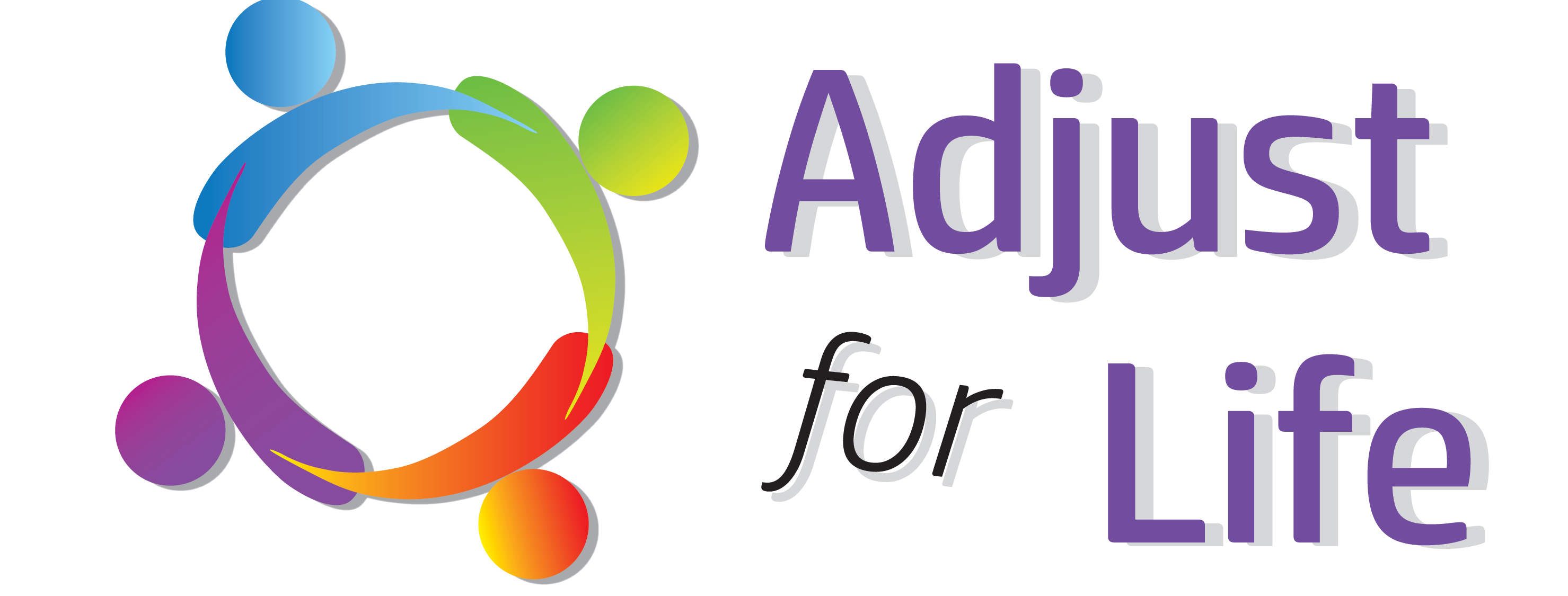Personal Experience with Anxiety
For years, I experienced anxiety as physical symptoms in my body: stiff neck; pins and needles on my face; queasy stomach, nausea, and loss of appetite; twitching nerves and muscle spasms. There was also the vague and nameless feeling of dread that would settle in my body while enveloping my mind—that was the closest I would get to an integration of the two.
I knew I had to get help for my anxiety when I felt that I could no longer live with the beating of my heart. The pounding in my chest was so intense I feared that life-giving organ would burst.
In younger years, I faced my share of threatening situations, living through the political violence of Central America in the 1980s and other crises. But this was different, as the danger felt like it was in my body, not my surroundings.
Even in a resting state, the pounding was relentless, as I imagined waves of cortisol coursing through my body with the pressure of a firehose pumped through arteries the width of drinking straws.
Like many people do today, I initially skipped the expense and bother of a doctor visit, and diagnosed myself online. There I learned that palpitations, or racing heart, are “extremely common” and can be triggered by anything from exercise and coffee, to medical conditions, such as heart disease and, of course, anxiety.
I already knew I had anxiety, but the mention of heart disease worried me. It finally took several visits to a cardiologist to convince me that I was not at risk for a fatal heart attack. The evidence of my body was so strong I could not accept that symptoms of such intense physical distress could be caused by a mental health condition.
I am not the only one guilty of flawed thinking in such matters. It is common in our culture to conceive of mind and body as separate realms and to separate mental from physical illnesses.
Bessel van der Kolk, MD, the trauma expert and author of the book The Body Keeps the Score, writes about the balance between the emotional and rational brains of human beings. The times when those two systems are in balance are when we most “feel like ourselves.” When they conflict, the “war is largely played out in the theater of visceral experience—your gut, your heart, your lungs.”
For years, I experienced anxiety as physical symptoms in my body: stiff neck; pins and needles on my face; queasy stomach, nausea, and loss of appetite; twitching nerves and muscle spasms. There was also the vague and nameless feeling of dread that would settle in my body while enveloping my mind—that was the closest I would get to an integration of the two.
The idea that our perception of ourselves results from a healthy interplay between our rational and emotional minds was foreign to me. Emotions were the part of my experience most removed from my physical body.
Fortunately, I found a doctor skilled in psychiatry and psychotherapy. The surprising thing about entering treatment for a problem in my head was how much of it focused on my body. In sessions, when I experience difficult emotions, my therapist asks me to find them in my body. I usually want to go on talking, but she gently redirects me to stay with the sensation.
Once I started tuning in, I am astounded at how many different places and ways I experience anxiety and grief throughout my body.
The messiness of it can seem overwhelming at times. Anxiety is everywhere in me. But what I am beginning to feel after several months in treatment is the sense that all these parts—gut, heart, lungs, back, neck, head, and face, emotions, thoughts, memories, and spirit—all belong to a whole.
The racing heart and other physical sensations of distress are my body’s way of helping me through threatening situations, real or imagined. Being able to identify and interpret them helps me understand their role in keeping me together.
While I may not be all there yet, I am starting to get a sense of what it is like to, in van der Kolk’s words, “feel like ourselves.”
